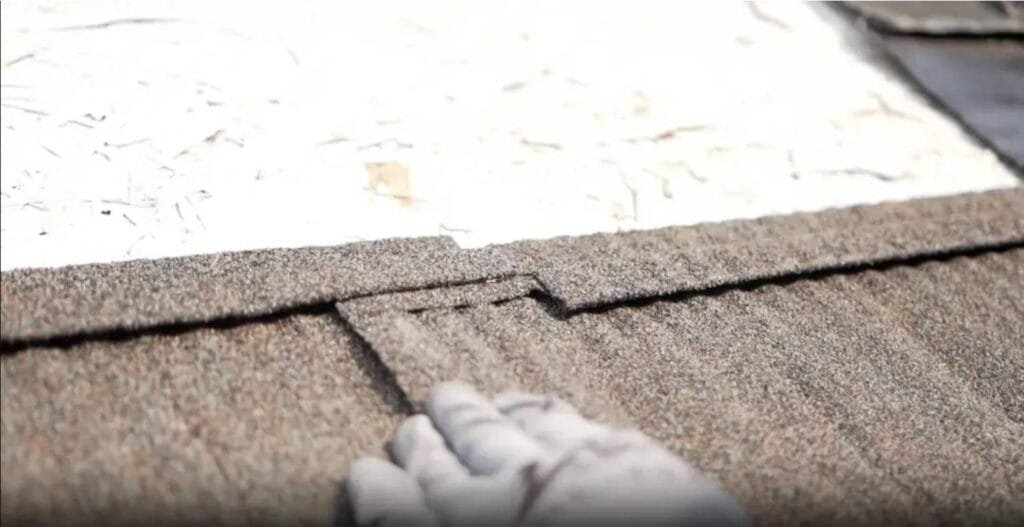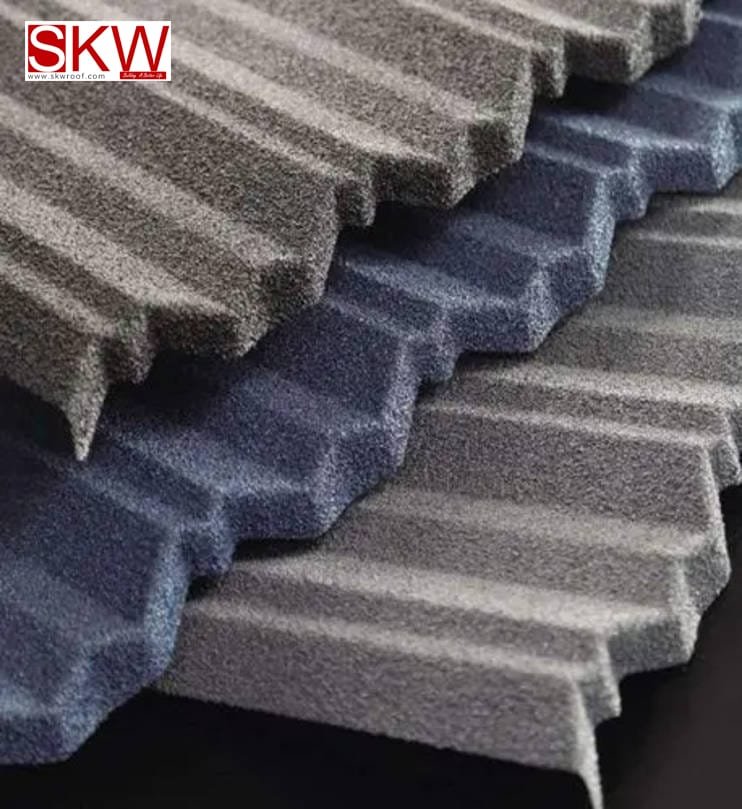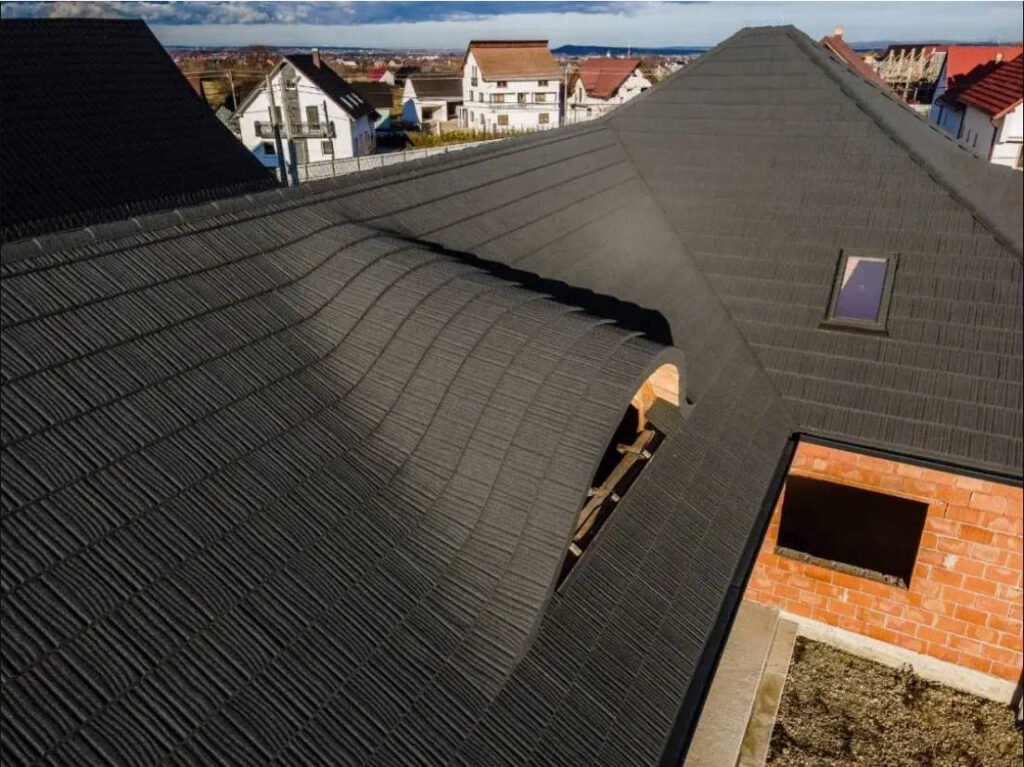Why have traditional roofs become a ‘fatal weakness’ during hurricane season?
According to data from the National Hurricane Center in 2024, a Category 1 hurricane (74-95mph) can cause an average of $280000 in roof damage. Even more astonishing is that 90% of villa roof damage begins with material selection errors, rather than structural issues.
We collaborated with the Wind Tunnel Laboratory of the University of Miami to conduct extreme tests on 7 major categories of roof materials, using scientific data to reveal solutions that can truly withstand a Category 17 hurricane.
2024 Performance ladder diagram of hurricane resistant roof materials
| Material type | Wind resistance level | Life cycle | Maintenance cost/10 years | Laboratory maximum wind speed |
|---|---|---|---|---|
| Stone coated metal roof | Class 4 | 50+years | $0.18/m2 | 176mph |
| Integrated concrete slab | Class 3 | 30 years | $4.50/㎡ | 146mph |
| Mechanical lock edge aluminum magnesium sheet | Class 4 | 40 years | $1.20/㎡ | 162mph |
| Enhanced Asphalt Tile | Class H | 15 Years | $7.80/㎡ | 130mph |
| Fiberglass reinforced polyester tile | Class G | 20 years | $5.60/㎡ | 115mph |
| Pre stressed clay tile | Class 3 | 25 years | $9.40/㎡ | 138mph |
| Laminated Wooden Tile | Class F | 12 Years | $12.80/㎡ | 98mph |
Data source: 2024 University of Miami ASTM D3161/D7158 standard testing
Unveiling Top Wind Resistant Materials: 5-Layer Defense Technology for Stone Coated Metal Roofs
1. Molecular level anchoring system
Double lock edge design: Adopting a 360 ° hidden bite, the pull-out resistance is increased by 400% compared to traditional single lock edges
Titanium alloy fastener: 6.5mm diameter self tapping screw with a pre tightening force of 45kN (ordinary screws only have 18kN)

2. Aerodynamic optimization
Diversion groove array: 24 ° diversion angle optimized through CFD simulation, reducing wind load by 48%
Negative pressure cancellation technology: Balance the internal and external air pressure of the back ventilation layer, tested by UL 580 uplift

3. Anti impact composite structure
| Level | Material | Function |
|---|---|---|
| Surface layer | Ceramic coating+Basalt particles | Resistant to splashing debris impact |
| Core layer | AZ150 magnesium aluminum zinc alloy | Provides structural strength and corrosion resistance |
| Bottom layer | Polyester fiber soundproofing layer | Reduce wind noise to below 35dB |
essential protective strategies for homeowners in hurricane prone areas
Strategy 1: Select materials that have undergone hurricane simulation testing
-Identify the three major certification marks:
✅ UL 580 Class 4 (highest level of wind resistance)
✅ Miami Dade NOA (Florida Strict Standards)
✅ ICC-ES AC438 (Dynamic Wind Pressure Certification)
Strategy 2: Optimize roof geometry design
-Slope suggestion:
-Low slope (below 3:12): Add wind resistant clamps for fixation
-High slope (above 6:12): using segmented guide plates
-Edge reinforcement: Use a 25% thicker panel within a 1.2m radius around the perimeter
Strategy 3: Implement proactive monitoring and maintenance
-Install Smart Roof Sensor:
-Real time monitoring of screw torque attenuation (accuracy ± 0.2N · m)
-Warning of coating peeling risk (sensitivity up to 1mm ²)
-Annual drone inspection: generate 3D models to compare deformation variables
Strategy 4: Utilize insurance and subsidy policies
-According to the Federal Emergency Management Agency (FEMA) regulations:
-By using Class 4 roofs, you can receive a premium discount of 12-15%
-Subsidies in some regions can reach up to $5000 (such as the My Safe Florida Home program in Florida)
Extreme test record: When a Category 17 hurricane hits the laboratory
Test scenario : -Wind speed: 157mph (equivalent to EF3 tornado)
-Flying object: 2×4 wood impacting at 34m/s
-Duration: 2-hour cyclic test
Stone coated metal roof performance:
- Zero panel detachment : All locks remain fully engaged
- Surface damage rate: only 0.3% (compared to 89% for asphalt shingles)
- Water tightness test : no leakage under rainstorm mode
Successful cases of global hurricane zones
Case 1: Seaside Villa in Coral Court, Florida
-Challenge: Encountering 3 Category 2 or above hurricanes annually
–Solution : -0.7mm stone coated metal roof (Class 4) -Install titanium alloy wind resistant clips around the perimeter – Achievement :
-Enduring the direct impact of Hurricane Ian in 2023 (155mph)
-Insurance claims amount reduced by 96%

Case 2: Saint Martin Island Resort in the Caribbean
-Challenge: Salt spray corrosion+160mph gusts
– Solution : -AZ150 substrate+double-layer ceramic coating -Add 8 anti pull anchor points per square meter – Achievement : -10 years of zero maintenance record -Obtained Platinum Disaster Resilience Certification from the Caribbean Building Council
Common Misconceptions in Hurricane Protection
❌ Misconception : “Metal roofs can be blown away by the wind”
✅ The truth is that Class 4 metal roofs can withstand a negative pressure of 5.84kPa (equivalent to a suction force of 2.3 tons/square meter)
❌ Misconception : “The steeper the slope, the better the wind resistance”
✅ Truth : Optimal slope from 6:12 to 9:12, excessive steepness actually increases the load on the windward side
❌ Misconception : “Small area damage does not require immediate repair”
✅ Truth : A 5cm ² breach can cause $7800+secondary damage within 1 hour
Limited time expert support
By submitting your project information, you will receive:
- SKW Free Wind resistant Design Review (worth $800)
- Emergency stocking channel (72 hour delivery to hurricane zone)
- 10-year extended warranty (limited to the first 50 applicants)
